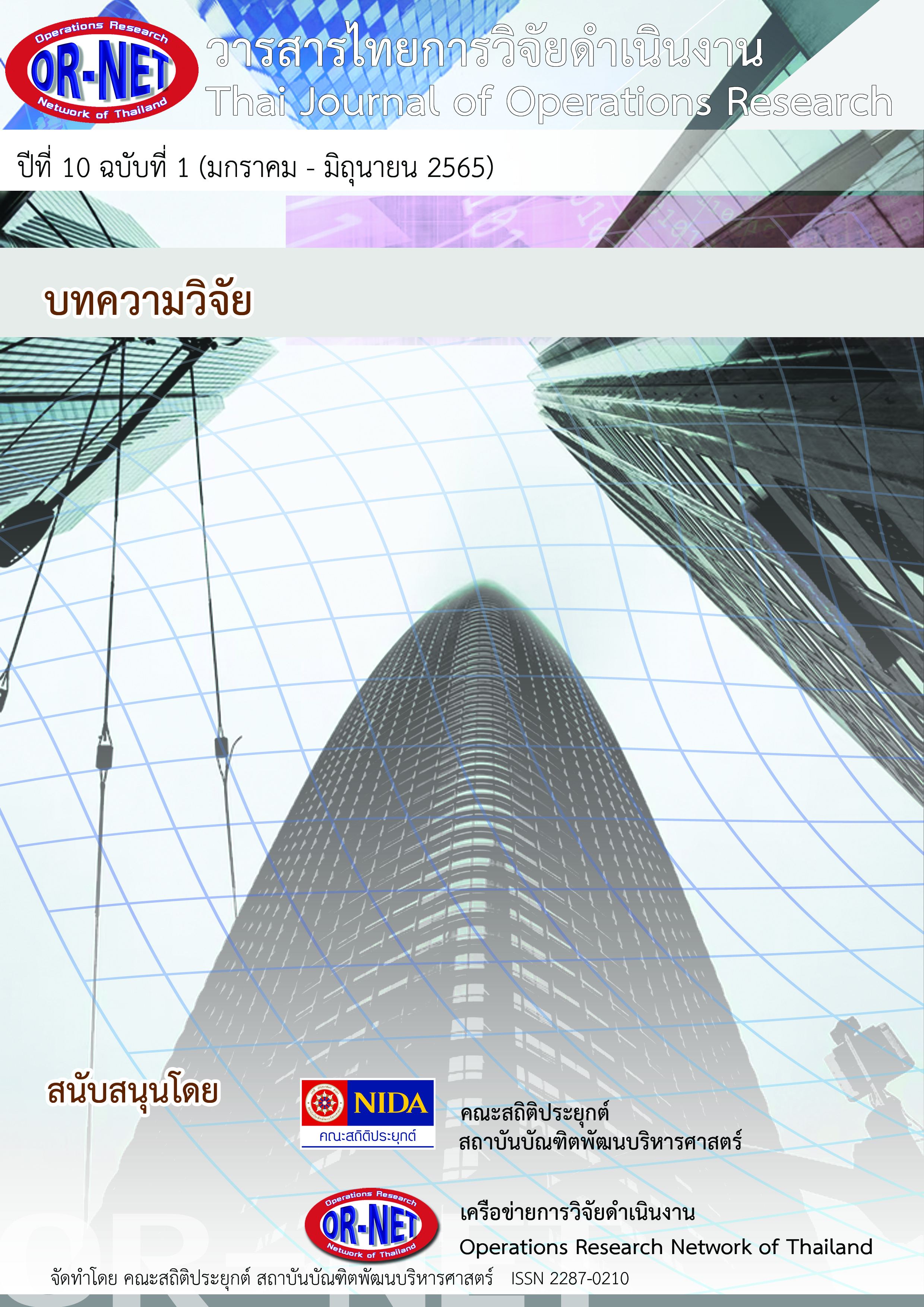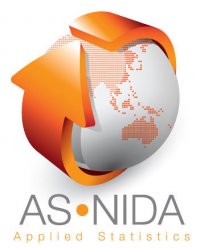An Integer Goal Programming Model for a Touring Route Planning under the Factors by Tourists
Keywords:
goal programming model, traveling salesman problem, route planningAbstract
Generally, a touring route planning can be solved by applying the traveling salesman problem (TSP). However, TSP considers the total number of locations regardless of time constraints, including the various factors of tourists, which can be considered only one factor at a time. Sometimes tourists may prioritize each factor differently. Therefore, in this paper, we propose an integer goal programming model to plan a comprehensive travel itinerary and meet the needs of tourists as much as possible by considering factors of cost, time, and satisfaction with the tourist attractions. In the proposed model, constraints to select locations are introduced to the traveling salesman model, and goal programming is applied to meet the requirement of tourists. The model results show that the proposed model can be used more efficiently in actual trip planning than manual routing or the use of the traveling salesman problem.
References
ฐานเศรษฐกิจ. “รายได้การท่องเที่ยวของประเทศไทย,” [ออนไลน์]. แหล่งที่มา: https://www.thansettakij.com/business/70424. [วันที่เข้าถึง 15 สิงหาคม 2564].
กระทรวงการท่องเที่ยวและกีฬา. “จำนวนนักท่องเที่ยวและรายได้การท่องเที่ยวของประเทศไทยจากนักท่องเที่ยวต่างชาติ,” [ออนไลน์]. แหล่งที่มา: https://www.mots.go.th/. [วันที่เข้าถึง 15 สิงหาคม 2564].
ชุมพล รอดแจ่ม., “เส้นทางการท่องเที่ยวเชิงศิลปวัฒนธรรม อำเภอบางกรวย จังหวัดนนทบุรี,” รายงานการวิจัย, วารสารมหาวิทยาลัยนราธิวาสราชนครินทร์, มหาวิทยาลัยราชพฤกษ์, นนทบุรี, 2556.
ชนิดาภา ไมตรีแก้ว, “การวิเคราะห์องค์ประกอบเชิงเส้นทางการท่องเที่ยวอำเภอปราณบุรี จังหวัดประจวบคีรีขันธ์ สำหรับนักท่องเที่ยวชาวไทย,” สารนิพนธ์ ศศ.ม. (การจัดการอุตสาหกรรมการบริการ), มหาวิทยาลัยกรุงเทพ, ปทุมธานี, 2559.
รัตน์ติ ธิกาปูน และคณะ, “การศึกษาเส้นทางเชื่อมโยงการท่องเที่ยวในเขตพัฒนาการท่องเที่ยวมรดกโลกด้านวัฒนธรรม,” Proceedings of the 8th Undergraduate in Applied Mathematics Conference (UAMC 2019), Department of Mathematics, Faculty of Science, King Mongkut’s Institute of Technology Ladkrabang, น. 163-176, 27 เมษายน, 2561.
W. Wisittipanich, “Multi-objective tourist trip design problem in Chiang Mai City,” IOP Conference Series: Materials Science and Engineering, vol. 895, no. 1, pp. 1-7, 2020.
N. Khamsing, “Modified ALNS algorithm for a processing application of family tourist route planning: a case study of Buriram in Thailand,” Computation, vol. 9, no. 2, pp. 1-30, 2021.
X. Wu, “A tour route planning model for tourism experience utility maximization,” Advances in Mechanical Engineering (AIME), vol. 9, no. 10, pp. 1-8, 2017.
Z. Hashim and W. R. Ismail, “Self-drive tourism route in terengganu: an application of goal programming model,” Sains Humanika, vol. 9, pp. 51-57, 2017.
รักชนก ตระกูลพัว และ ณรงค์เดช กีรติพรานนท์, “ระบบแนะนำเส้นทางการท่องเที่ยวกองทัพอากาศ เขตดอนเมือง และบริเวณโดยรอบด้วยวิธีการเชิงพันธุกรรมเพื่อความพึงพอใจกลุ่มนักท่องเที่ยว,” รายงานการวิจัย, มหาวิทยาลัยธุรกิจบัณฑิตย์, กรุงเทพฯ, 2562.
E. L. Lawler, “The Travelling Salesman Problem: A Guided Tour of Combinatorial Optimization,” John Wiley & Sons, 1985.
เสกสรรค์ วินยางค์กูล และคณะ, “การประยุกต์ตัวแบบปัญหาการเดินทางของเซลล์แมนกรณีศึกษาการจัดเส้นทางรถรางนำเที่ยวของเทศบาลนครเชียงราย,” วารสารวิชาการคณะเทคโนโลยีอุตสาหกรรม มหาวิทยาลัยราชภัฏลำปาง, ปีที่ 7, ฉบับที่ 2, น. 85-97, กรกฎาคม-ธันวาคม, 2557.
A. Charnes, W.W. Cooper and R. Ferguson, “Optimal estimation of executive compensation by linear programming,” Management Science, vol. 1, pp. 138-151, 1955.
Downloads
Published
How to Cite
Issue
Section
License

This work is licensed under a Creative Commons Attribution-NonCommercial-NoDerivatives 4.0 International License.




